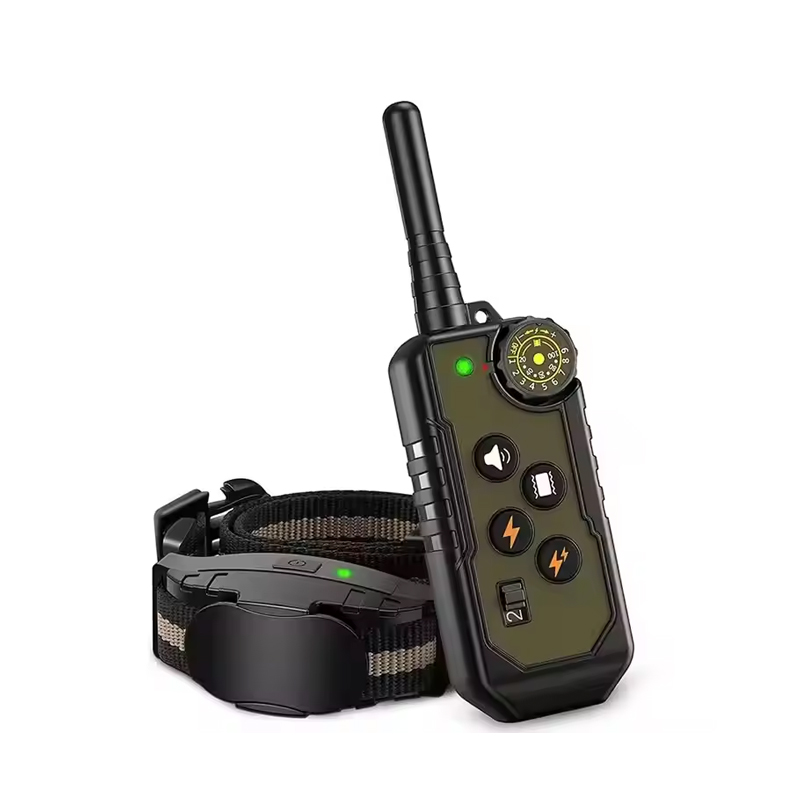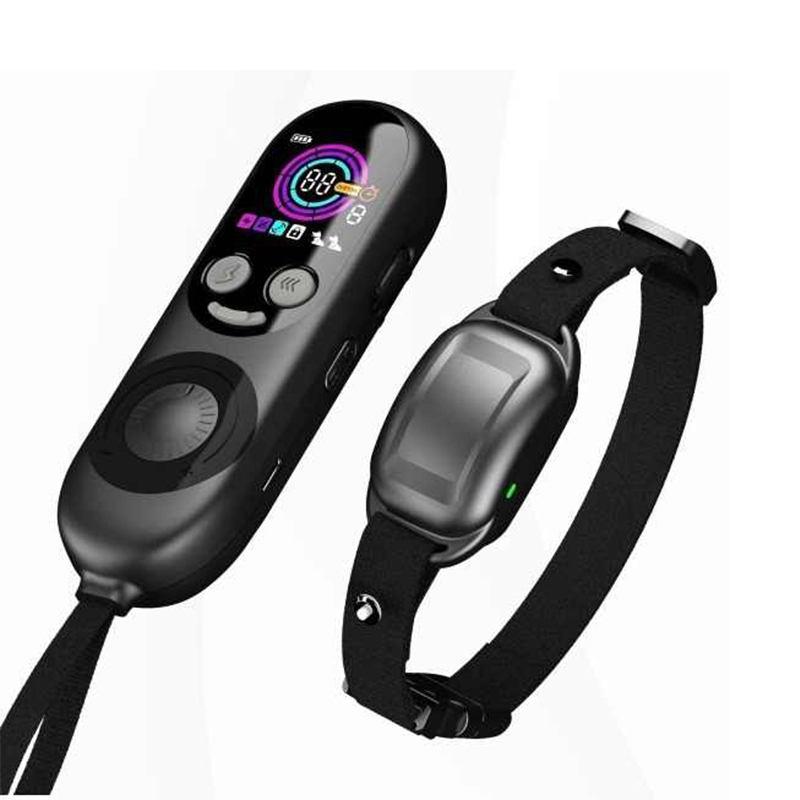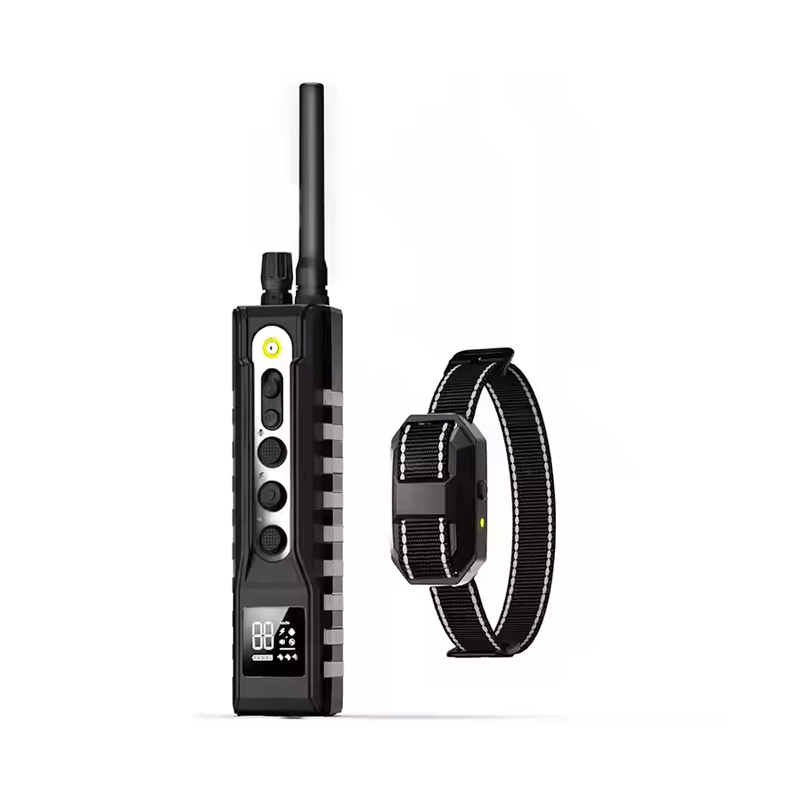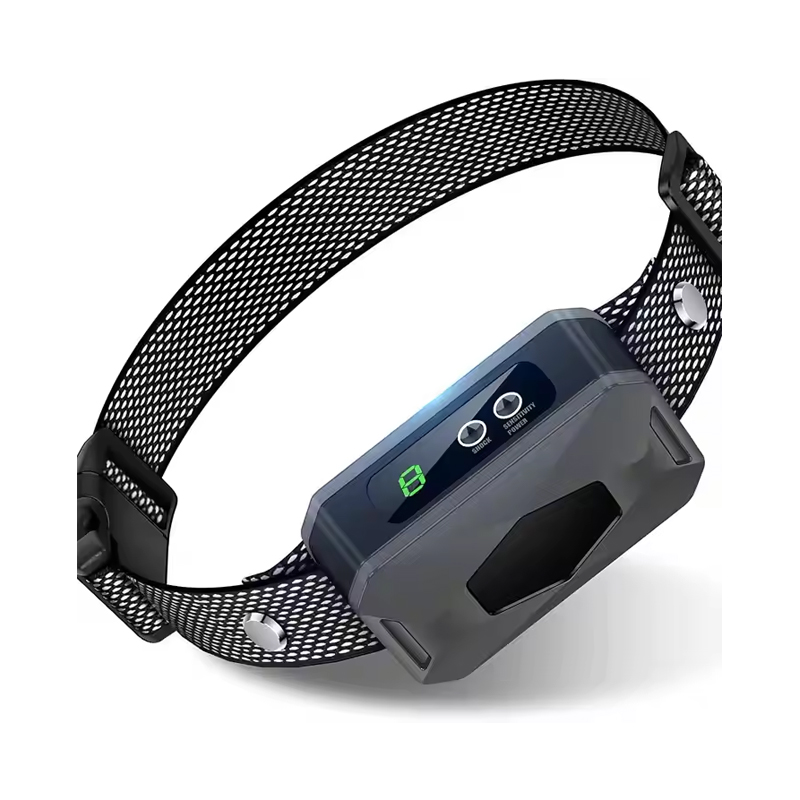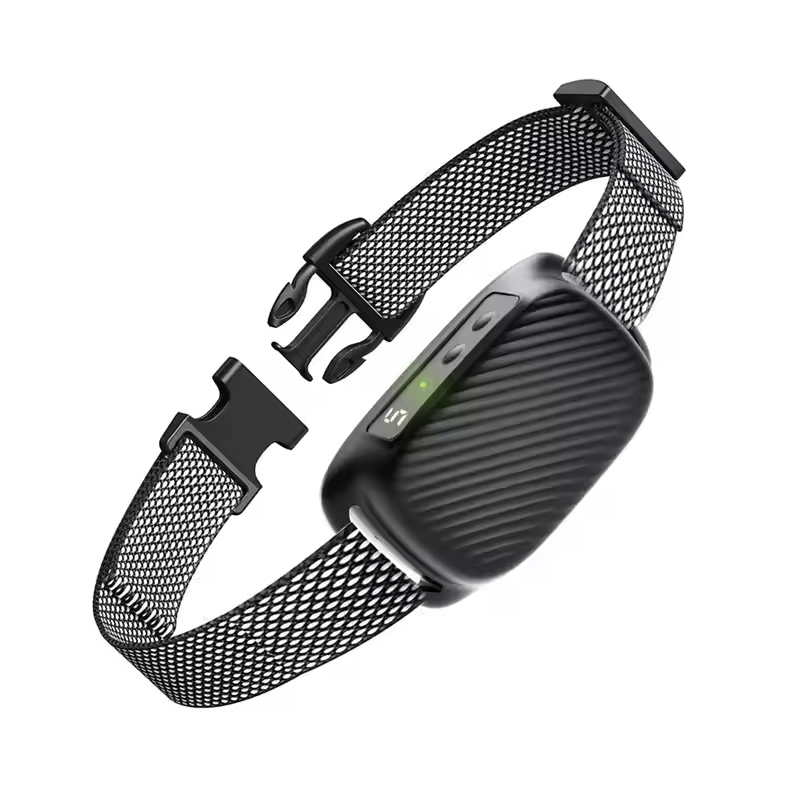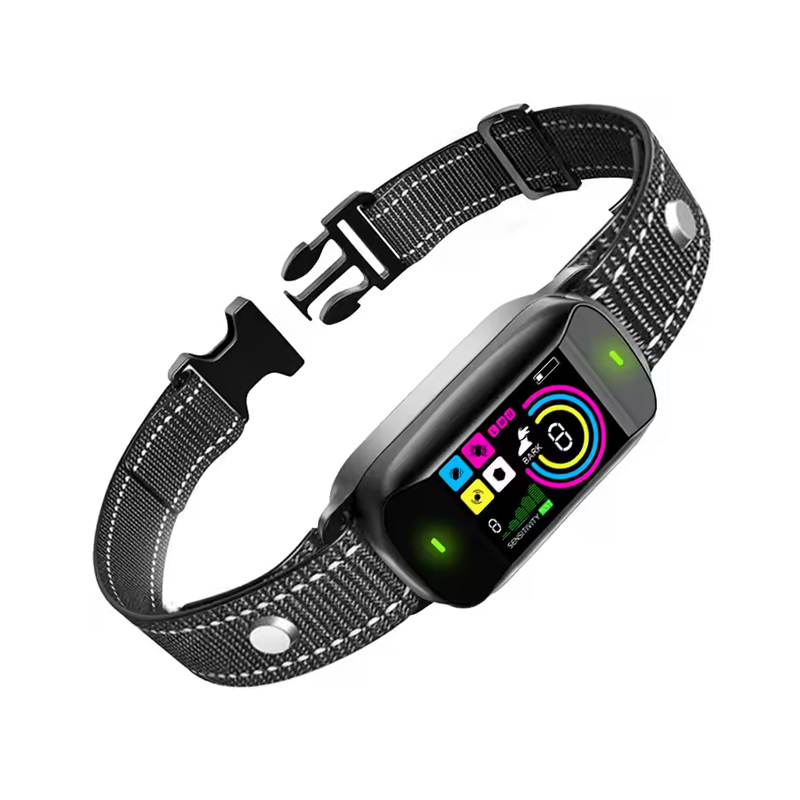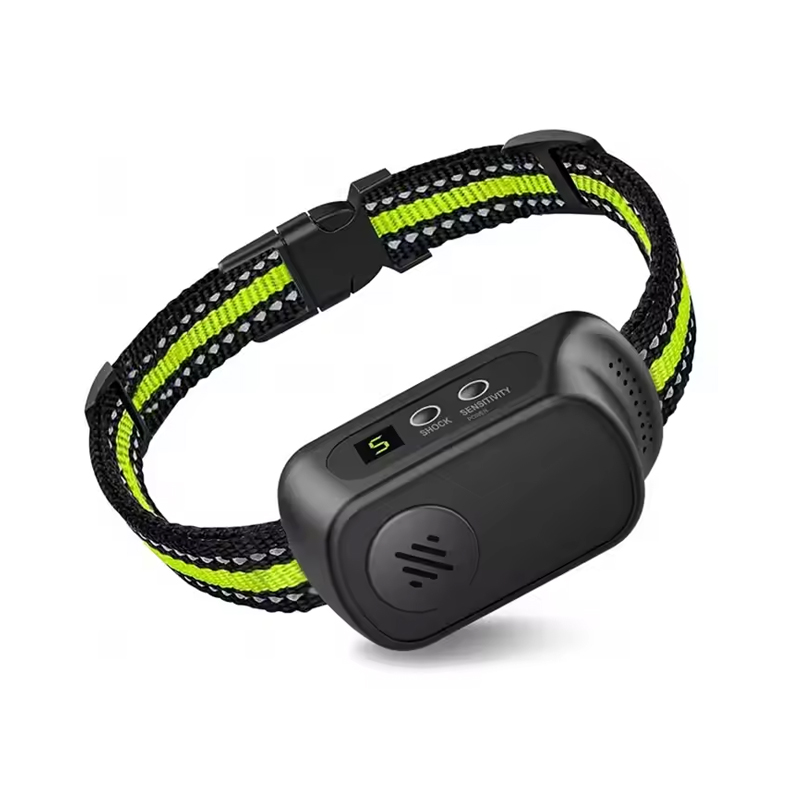- Type:
- Industry News
- Date:
- 2025-04-11
Slow Food Bowl Can Prevent Bloat and Improve Digestion in Dogs
These innovative pet slow feeders are designed to slow down a dog's eating pace, which can cause a variety of health benefits. From automatic slow feeders to manual designs, the slow food bowl is gaining popularity among pet owners looking to improve their dog's digestion and prevent bloat.
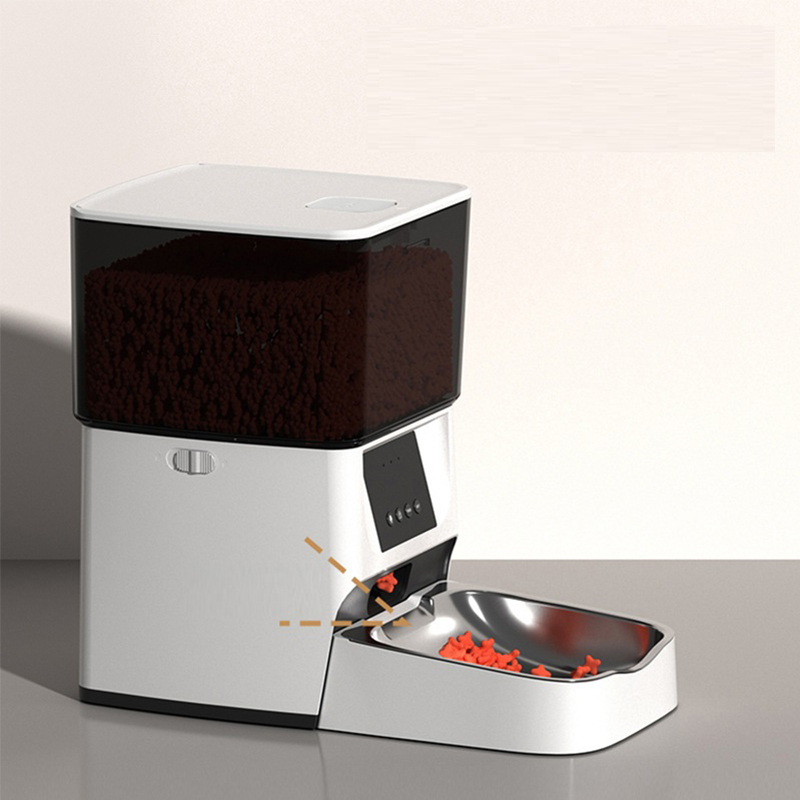
The Importance of Slow Eating
Dogs, especially those with a voracious appetite, are prone to eating too quickly, which can cause bloat—a potentially life-threatening condition. Bloat occurs when a dog's stomach fills with air or food too rapidly, causing the stomach to twist and cutting off blood supply. This can be deadly if not addressed immediately. Slow food bowls, whether manual pet slow feeders or automatic slow feeders, can help mitigate this risk by forcing dogs to slow down their eating habits.
Digestion Improvement with Slow Food Bowls
One of significant benefits of using a slow food bowl is the improvement it brings to a dog's digestion. When dogs eat too quickly, they may not chew their food adequately, cause indigestion and other gastrointestinal issues. Pet slow feeders encourage dogs to chew their food more thoroughly, which can cause better nutrient absorption and a healthier digestive system. This, in turn, can result in fewer instances of diarrhea, constipation, and other digestive problems.
The Mechanics of Slow Food Bowls
There are two main types of slow food bowls: manual pet slow feeders and automatic slow feeders. Manual pet slow feeders are designed with internal structures that make it more challenging for dogs to eat quickly. They may have maze-like patterns or raised edges that force the dog to navigate around them to get to the food. This slows down the eating process and encourages more careful consumption.
On the other hand, automatic slow feeders use a different approach. These bowls release a measured amount of food at a time, ensuring that the dog cannot gorge. Some models even have sensors that can detect the size and eating habits of the dog, adjusting the food release accordingly. This technology can be particularly useful for pet owners who want a more hands-off approach to managing their dog's eating pace.
Choosing the Right Slow Food Bowl
When selecting a slow food bowl, it's essential to consider your dog's size, breed, and eating habits. For large breed dogs prone to bloat, a slow food bowl that releases food slowly, like an automatic slow feeder, might be choice. For smaller breeds or dogs that tend to play with their food, a manual pet slow feeder with a maze or puzzle design could be more appropriate.
Introducing the Slow Food Bowl
Introducing a slow food bowl to your dog should be done gradually. Start by mixing their regular food with the new bowl's design, and slowly increase the use of the slow food bowl over time. This will help your dog adjust to the new eating experience without causing frustration or anxiety.
Conclusion
Slow food bowls, whether manual pet slow feeders or automatic slow feeders, have proven to be valuable tools in promoting better eating habits in dogs. By slowing down the pace at which dogs eat, these bowls can help prevent bloat, improve digestion, and contribute to the overall health and of your canine companion. As pet owners become more aware of the benefits of slow eating, the use of slow food bowls is likely to become a standard practice in canine care.


